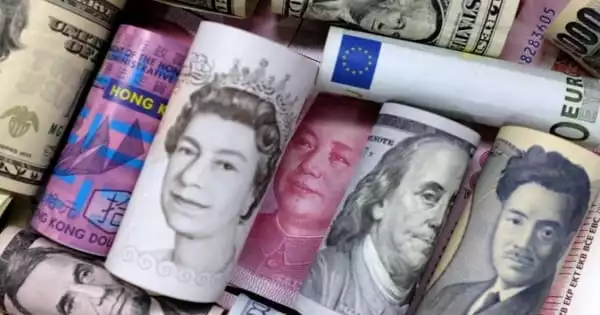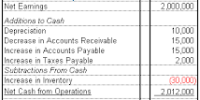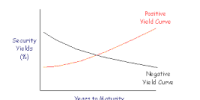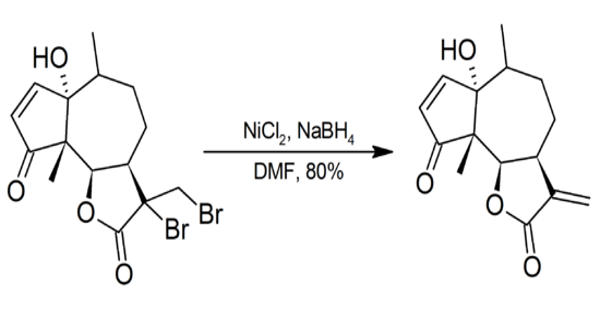A reserve currency is a foreign currency that central banks or other monetary authorities hold in significant quantities as part of their foreign exchange reserves. It is a large amount of currency held by central banks and other major financial institutions in order to prepare for investments, transactions, and international debt obligations, as well as to influence their domestic exchange rate. Holding a reserve currency reduces exchange rate risk because the purchasing nation does not have to exchange its currency for the current reserve currency in order to complete the transaction.
The reserve currency can be used in all aspects of the global economy, including international transactions and investments. Because a large portion of commodities, such as gold and oil, are priced in the reserve currency, other countries must hold this currency in order to pay for these goods. It is frequently regarded as a hard currency or safe-haven currency. These currencies are used for international payments as well as to support the value of national currencies. It is used for global economic participation, such as through international transactions or investments.
The pound sterling of the United Kingdom was the primary reserve currency of much of the world in the nineteenth and first half of the twentieth centuries. However, by the end of the twentieth century, the US dollar had risen to become the world’s dominant reserve currency. Because of the world’s need for dollars, the US government has been able to borrow at lower rates, giving the US advantage of more than $100 billion per year. As the United States continued to flood the markets with paper dollars to fund its escalating war in Vietnam and the Great Society programs, the rest of the world became concerned and began to convert dollar reserves into gold.
The world’s reserve currencies have come and gone. It is a large amount of foreign currency or precious metal held by a country’s government, central bank, or other monetary authority. Historically, international currencies have included the Greek drachma, which was coined in the fifth century B.C., the Roman denari, the Byzantine solidus, the Arab dinar of the Middle Ages, and the French franc.
Prior to the mid-twentieth century, reserves were primarily made up of gold and silver. The majority of modern reserves are made up of strong foreign currencies. From the 13th to the 16th centuries, the Venetian ducat and Florentine florin were the gold-based currencies of choice between Europe and the Arab world because gold was easier to mint in standard sizes and transport over long distances than silver. However, due to abundant silver supplies from Spanish America, it was the Spanish-American silver dollar that established the first true global reserve currency recognized in Europe, Asia, and the Americas from the 16th to the 19th centuries.
















